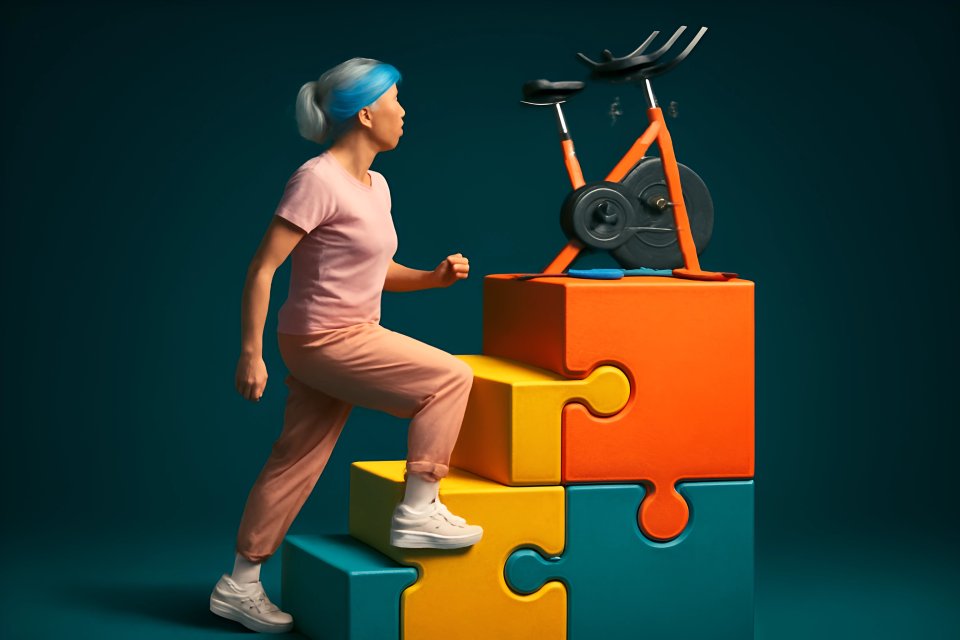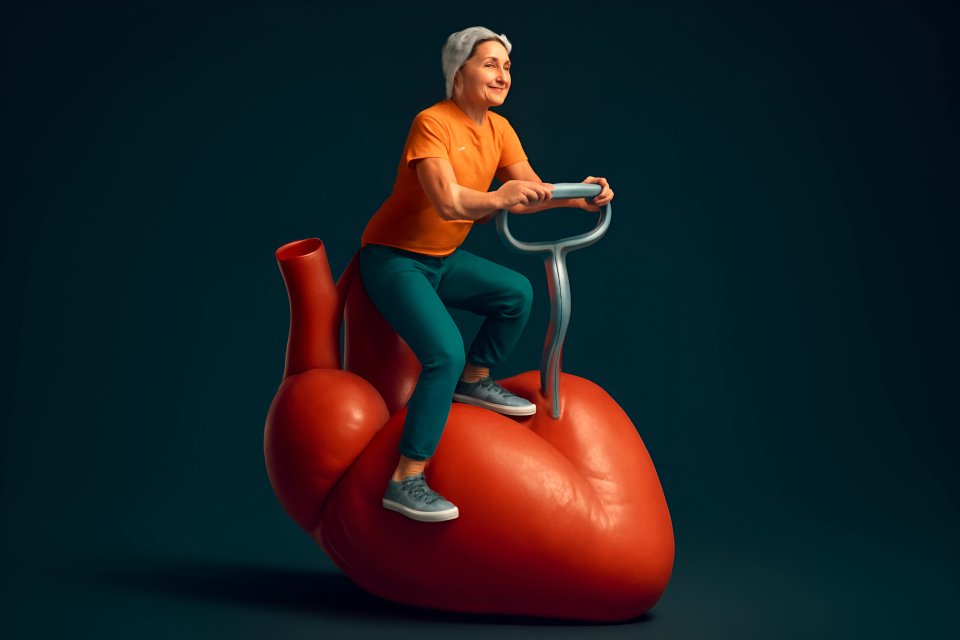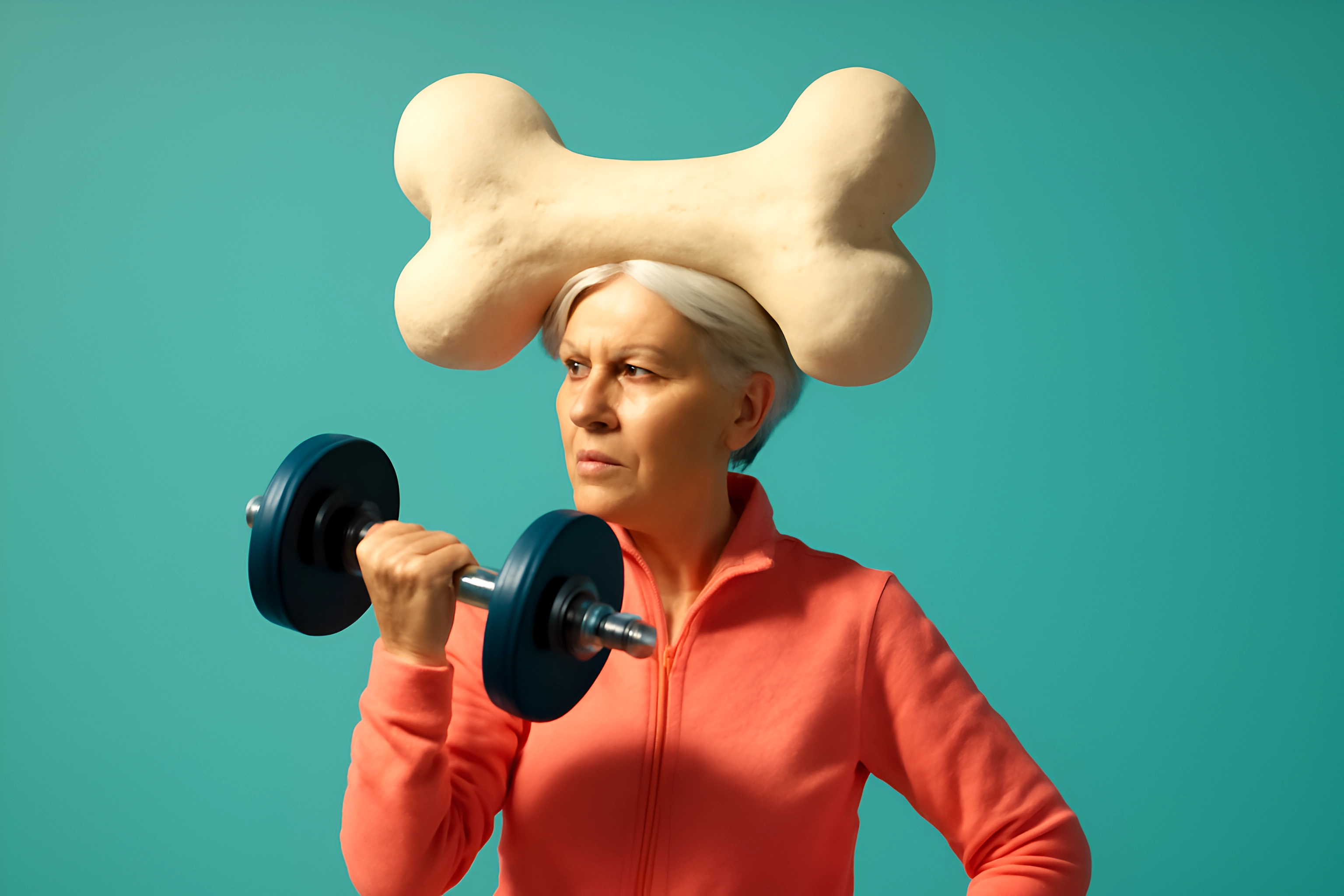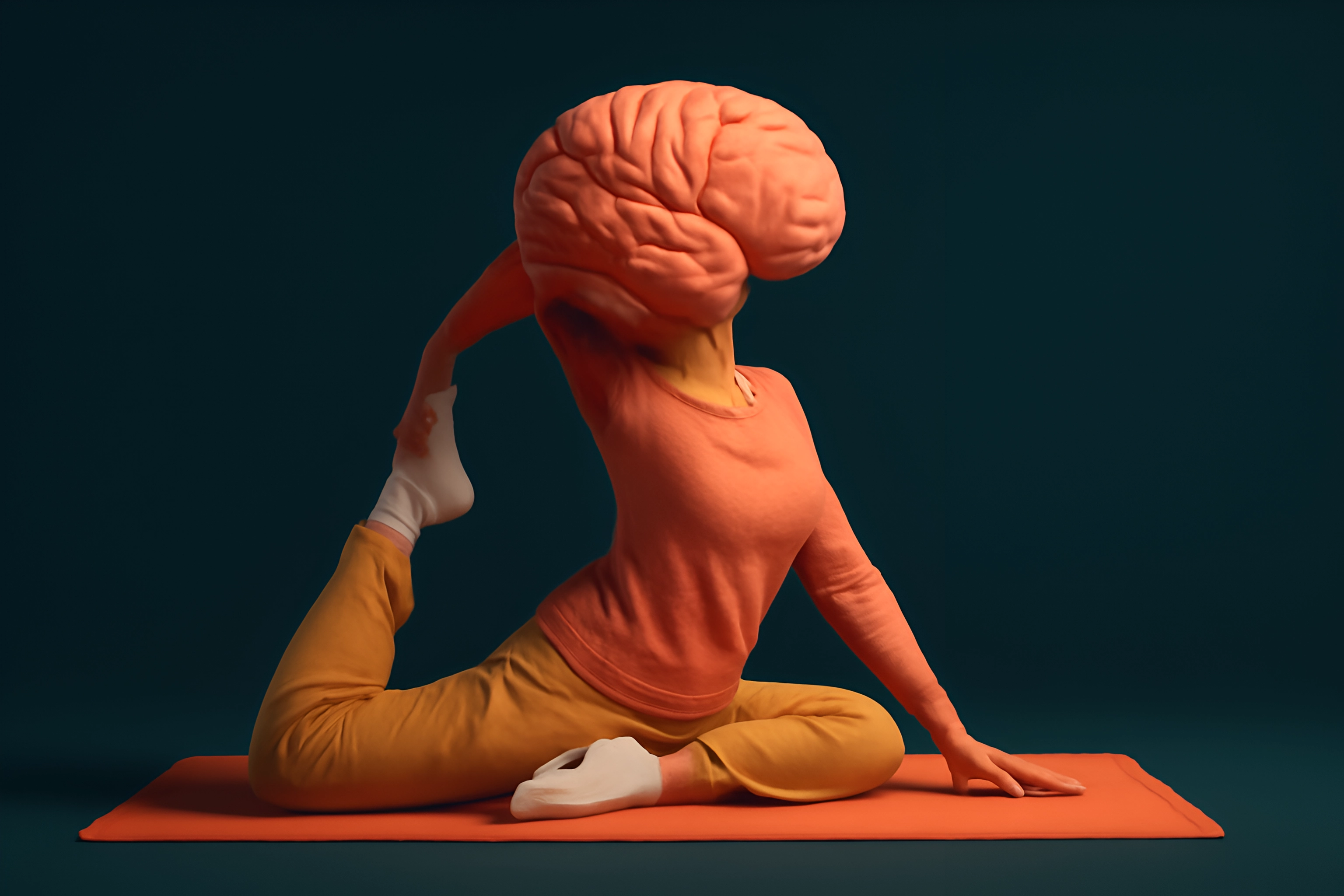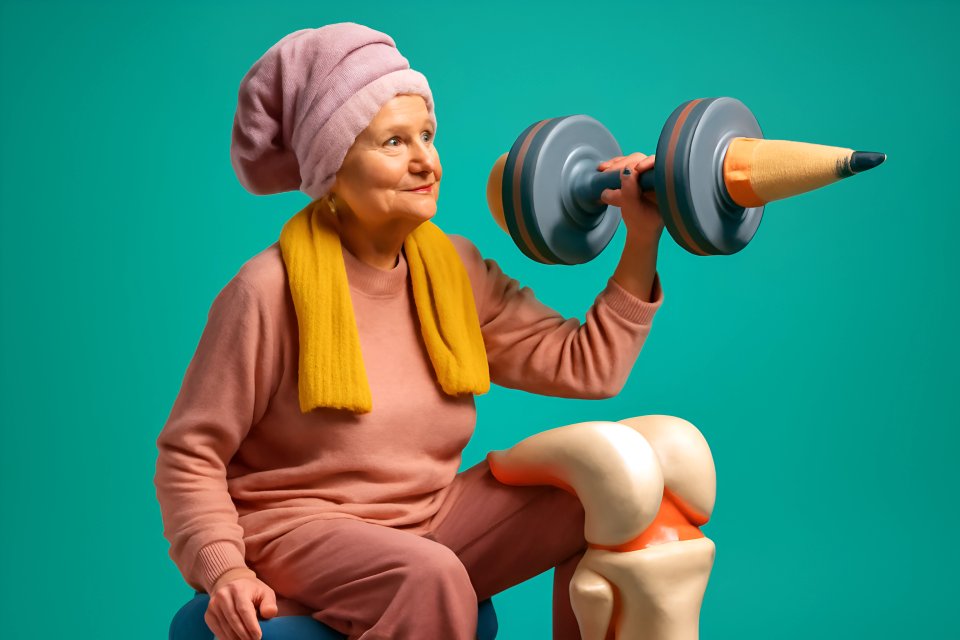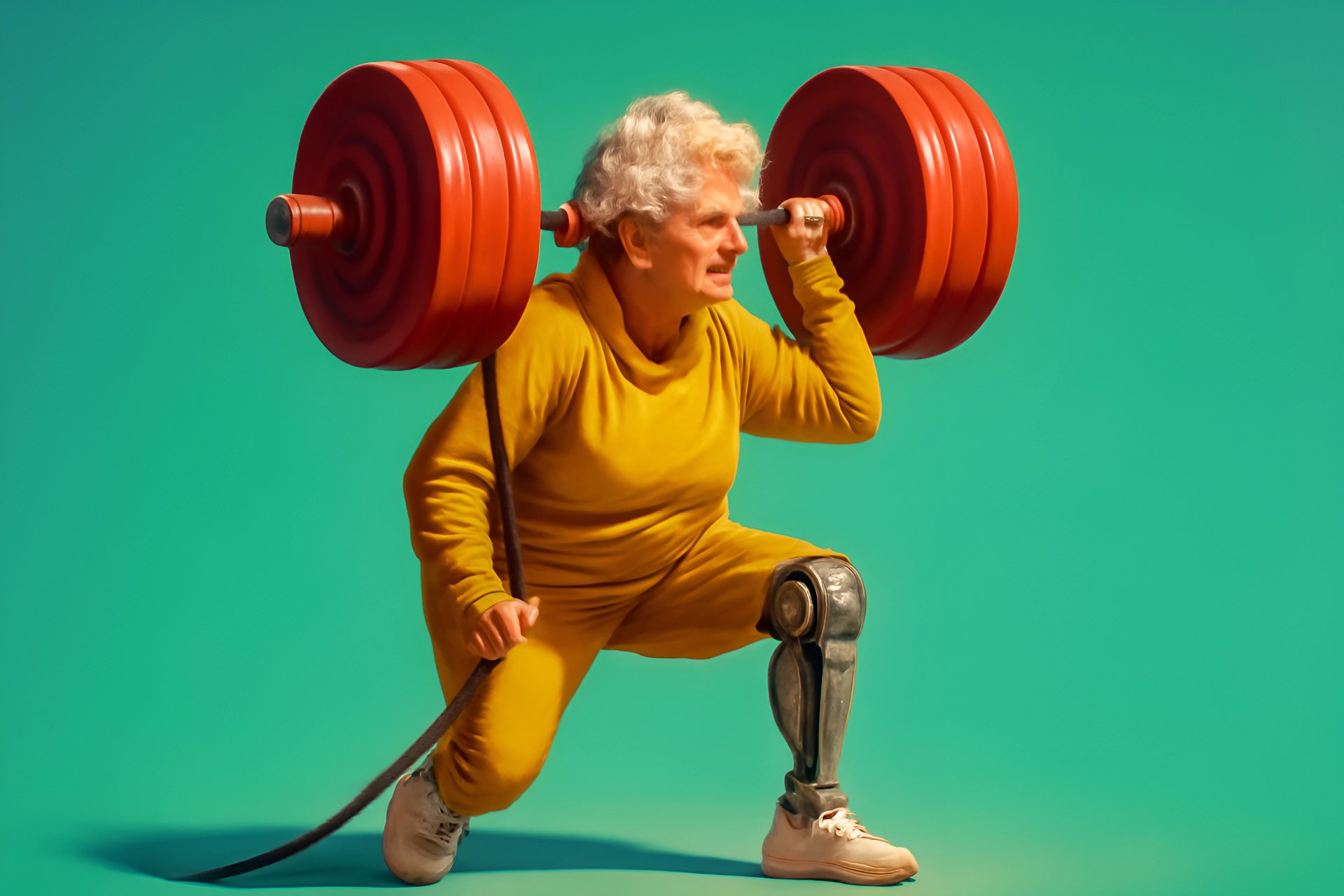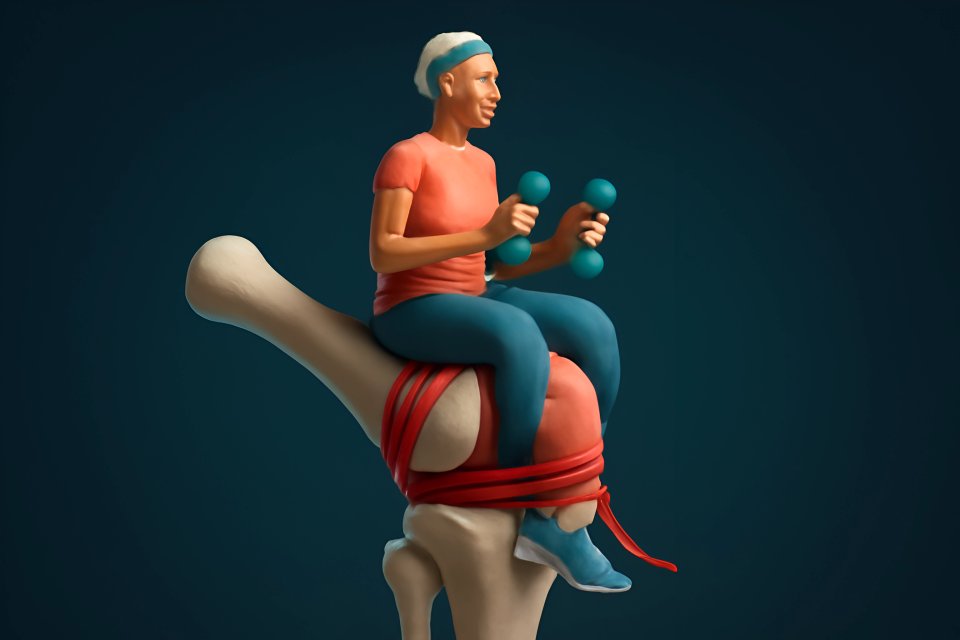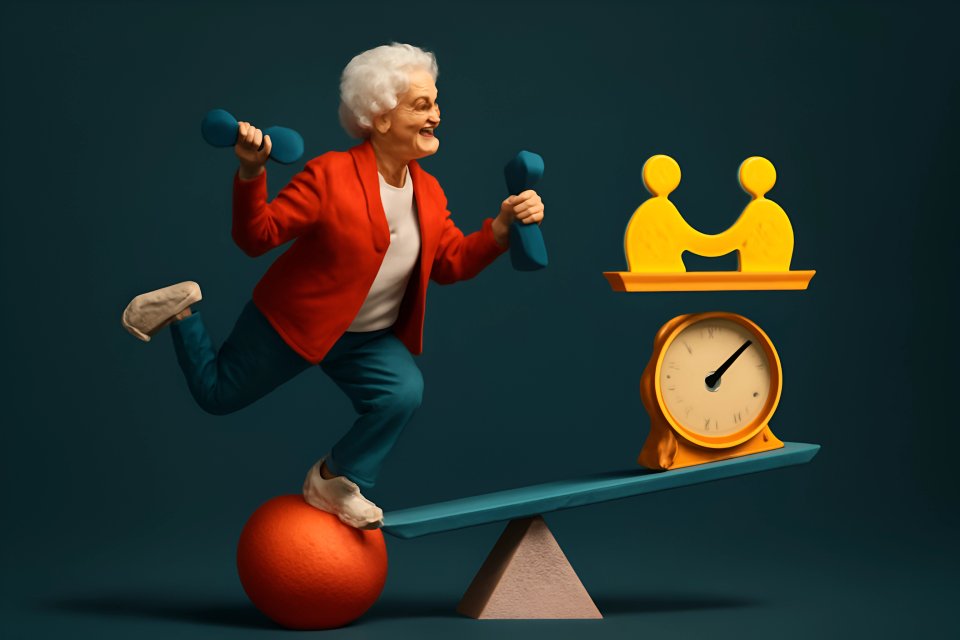
Introduction: Your Heart, Your Home, Your Health
Turning 50 is a milestone, not a finish line. It’s the perfect time to give your heart the attention it deserves, right from the comfort of your own home. Forget the crowded, intimidating gyms and the pressure to keep up with routines that weren't designed for you. We understand the reality of a busy schedule, the nagging concern about joint pain, and the simple desire for privacy as you reclaim your fitness.
What if you could build a stronger, healthier heart without ever leaving your house? What if the key to more energy and vitality was already within your grasp, no expensive equipment needed? This is your definitive guide to safe and effective home cardio workouts for seniors, designed to empower you, protect your body, and deliver real results.
We're here to show you how simple, powerful movements can fundamentally improve your cardiovascular wellness. This isn't about punishment; it's about celebrating what your body can do. Let's begin the journey to better heart health exercises after 50 and unlock a more vibrant, energetic you.
Why Cardio is Non-Negotiable for Heart Health After 50
Let's get straight to the point: your heart is a muscle, and just like any other muscle, it needs to be worked to stay strong. Think of cardio as the ultimate personal training session for the most important muscle you own. When you get your heart pumping, you're not just burning calories; you're building a more efficient, resilient engine for your life.
Regular cardiovascular exercise is your secret weapon against some of the biggest health concerns that arise after 50. It helps manage blood pressure, lower bad cholesterol, and improve circulation, which are all critical factors in preventing heart disease. In fact, the American Heart Association recommends at least 150 minutes of moderate-intensity aerobic activity weekly to secure these life-changing benefits.
But the rewards go far beyond the physical. Have you noticed your energy levels dipping or your mood feeling a little flat? Consistent cardio boosts endorphins, your body's natural mood-lifters, giving you a powerful sense of well-being and mental clarity. These exercises for a healthy heart over 50 are also a fantastic way to manage stress, which is why pairing them with integrative approaches combining diet, exercise, and mindfulness can create a profound impact on your overall health.
Getting Started: Your Safety-First Checklist for Home Workouts
Your desire to get moving is fantastic, but your safety is our absolute priority. Before you take a single step, let's build a foundation of trust and care. Following this simple checklist for safe home workouts for older adults ensures that every movement you make is one that helps, not hurts.
Talk to Your Doctor
This is the most important step on your new fitness journey. Before starting any new exercise program, have a conversation with your physician or a physical therapist. They know your personal health history and can provide tailored advice, helping you start strong and avoid any potential risks.
The Importance of a Proper Warm-Up
Never jump straight into a workout, especially when your joints and muscles are cold. A proper warm-up gradually increases your heart rate and blood flow, preparing your body for the work ahead and significantly reducing the risk of injury. Spend 3-5 minutes doing gentle movements like marching in place, big arm circles forward and back, and slow torso twists to awaken your body. For more ideas on preparing your body for movement, explore these customized flexibility and mobility routines for seniors.
Listen to Your Body (The Golden Rule)
There is a huge difference between the discomfort of a challenge and the sharp signal of pain. Your goal is to feel your muscles working and your breath quickening, not to push through sharp, stabbing, or radiating pain. A great way to gauge your intensity is the "talk test," a method recommended by experts at the Mayo Clinic. You should be able to carry on a conversation while exercising; if you're too breathless to speak, you're pushing too hard.
Don't Forget the Cool-Down
Just as you ease into a workout, you must ease out of it. A cool-down allows your heart rate and blood pressure to return to normal gradually. After your last exercise, spend 3-5 minutes walking slowly around the room, followed by gentle stretches for the major muscle groups you just worked, like a quad stretch holding a chair for balance or a seated hamstring stretch. A dedicated home mobility routine to improve joint health is the perfect way to end your session.
3 Effective Senior Cardio Routines You Can Do Today
Ready to move? Here are three sample senior cardio routines designed to meet you exactly where you are today. You can start with any of these adaptive home workouts for beginners over 50 and progress when you feel confident and strong.
Workout 1: The Gentle Starter Routine
This routine is perfect for absolute beginners, those recovering from an injury, or anyone who prefers seated exercises. It's designed to be gentle on the joints while still elevating your heart rate. Perform each exercise for 45 seconds, followed by 15 seconds of rest, and complete two full rounds.
- Seated Marching: While sitting tall in a sturdy chair, lift your knees one at a time as if you are marching. Keep your core engaged and back straight.
Make it Easier: March at a slower, more deliberate pace.
- Seated Arm Swings: Still seated, swing your arms forward and back as if you're power-walking. Focus on a full range of motion to open up the chest and shoulders.
Make it Easier: Use a smaller range of motion, keeping the swings below shoulder height.
- Heel Taps (Seated or Standing with Chair Support): From a seated position, extend one leg and tap your heel on the floor, then bring it back and switch sides.
Make it Easier: Perform the movement slowly and deliberately while seated.
- Overhead Reach: Reach both arms up toward the ceiling, then bring them back down. This simple move engages your core and improves shoulder mobility.
Make it Easier: Only reach to shoulder height instead of fully overhead.
Workout 2: The Low-Impact Energizer
If you're comfortable with standing exercises and want to increase your heart rate without any jumping, this is the workout for you. It's a fantastic 15-minute low-impact indoor walking routine that builds endurance. Perform each exercise for 40 seconds, followed by 20 seconds of rest, and complete two to three rounds.
- Marching in Place: Stand tall and march in place, lifting your knees to a comfortable height. Swing your arms naturally to increase the intensity.
Make it Easier: Hold onto the back of a sturdy chair for balance.
- Step-Touches (Side to Side): Step one foot out to the side, then bring the other foot to meet it. Repeat on the other side, creating a rhythmic side-to-side motion.
Make it Easier: Take smaller steps and keep your arms relaxed at your sides.
- Modified Jumping Jacks (No-Jump Jacks): Instead of jumping, step one foot out to the side while raising your arms. Return to the start and repeat on the other side.
Make it Easier: Slow the pace down and focus on the coordination of the movement.
- Knee Lifts with a Twist: As you lift your right knee, gently twist your torso to bring your left elbow toward it. Lower and repeat on the other side.
Make it Easier: Remove the twist and simply perform alternating knee lifts.
Workout 3: The Cardio Circuit Challenge
For those with a solid fitness base who are ready to turn up the intensity, this circuit will challenge your cardiovascular system and build strength. Perform each exercise for 30 seconds with minimal rest in between. After completing all four exercises, rest for 60-90 seconds, then complete three full rounds.
- High Knees: March or jog in place, focusing on driving your knees up toward your chest. Keep your core tight to support your back.
Make it Easier: Slow the movement down to a deliberate march in place.
- Butt Kicks: While standing, bring your heel back toward your glute as if you're trying to kick your own backside. Alternate legs at a brisk pace.
Make it Easier: Perform alternating hamstring curls at a slower pace.
- Wall Push-Ups: Stand facing a wall, about arm's length away. Place your hands on the wall at shoulder height and bend your elbows to bring your chest toward the wall, then push back.
Make it Easier: Place your hands higher on the wall to reduce the resistance.
- Bodyweight Squats (to a chair): Stand in front of a chair with your feet shoulder-width apart. Lower your hips back and down as if you're about to sit, lightly tapping the chair before standing back up.
Make it Easier: Reduce your range of motion, only squatting down a few inches.
Beyond the Workout: Making Heart Health a Lasting Habit
A single workout is a great start, but consistency is what transforms your health. The real magic happens when these movements become a non-negotiable part of your life. Here’s how to make that happen safely and sustainably.
How to Progress Safely
Your body is smart, and it will adapt. To keep seeing results, you need to challenge it gradually. You can progress by increasing the duration of your workouts, adding another round to a circuit, or moving from The Gentle Starter to The Low-Impact Energizer. As WebMD notes for men over 50, it's crucial to start with low-intensity cardio and gradually increase to avoid injury and build a solid foundation.
Essential (and Optional) Gear
The beauty of these workouts is that you don't need a home gym to get started. The most important piece of gear is a pair of supportive shoes that fit well. A sturdy chair without wheels is also essential for balance and for the seated exercises. If you're working on a hard floor, you might consider an optional yoga mat for comfort during cool-down stretches.
Consistency is Key: Schedule Your Success
Don't leave your health to chance. Schedule your workouts in your calendar just like you would a doctor's appointment or a lunch with a friend. Aim to meet the expert recommendation of 150 minutes of moderate-intensity activity per week. By making it an official appointment, you are telling yourself that your health is a top priority.
Conclusion: Take the First Step Toward a Stronger Heart
Boosting your heart health after 50 is not only possible—it's powerful, accessible, and waiting for you right in your own living room. You don't need fancy equipment or a gym membership to build a stronger, more resilient cardiovascular system. Starting small with these home-based cardio workouts is a profound first step toward a more energetic and vibrant future.
Your health journey is yours to own. Celebrate every march, every step, and every beat of your stronger heart. You've got this! Now is the time to invest in yourself with these simple and effective heart health exercises after 50.







